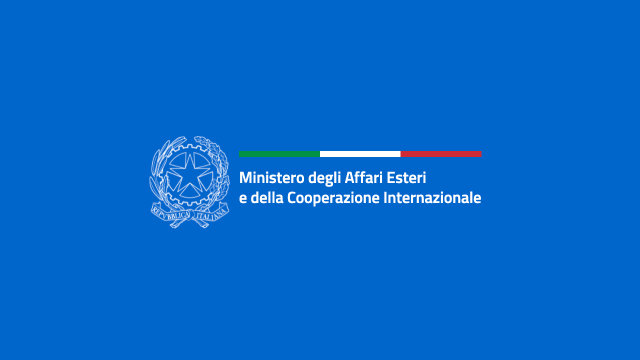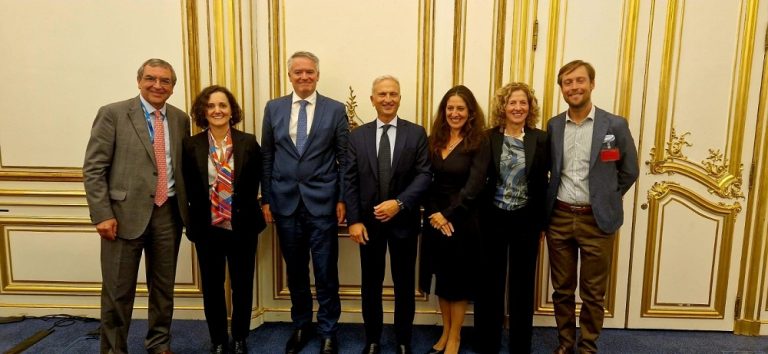The Italian economic system stands out on the global scene for a unique combination of tradition, innovation and sustainability. As highlighted in the report “Italy in 10 Selfies 2024” drafted by the Symbola Foundation, the country is positioned as a leader in strategic sectors thanks to an approach oriented towards quality and ties with the territories. This vision has made it possible to achieve results of excellence in several areas, demonstrating that the goal of economic growth can be compatible with environmental protection and the wellbeing of communities.
Italy is, for example, the European country with the highest recycling rate: 91.6% of special and urban waste is recycled, compared to a European Union’s average of 57.9%. This leadership in materials management turns into annual savings quantifiable in the equivalent of 16.4 million tonnes of oil and 55 million tonnes of lower quantities of carbon dioxide emitted into the atmosphere. Italy also excels in the regeneration of used mineral oils, with a 98% recovery rate of 98%, well above the European average of 61%.
In the field of renewable energy, Enel Green Power is the world’s leading private operator, with 63.3 gigawatts (GW) of installed capacity in 2023, surpassing giants such as Engie (45.4 GW) and Iberdrola (42.2 GW). Europe’s largest plant for the production of high-performance double-sided photovoltaic cells and modules, with an annual production capacity of 3 GW, is being built in Catania, Italy, and will be operational by 2025. Meanwhile, Italy has entered the world’s top ten photovoltaic markets, with 5.2 GW of new solar plants installed in 2023.
As the study points out, the Italian steel industry is also a world leader in decarbonisation. Some 86% of Italian steel is produced with electric furnaces, compared to 68% in the United States and 42% in Canada. This is possible thanks to an increasing use of renewable energy and the use of recovered steel, which accounts for 76% of the sector’s inputs. Arvedi has become the first certified zero net emission steel mill in the world, while Feralpi has embarked on an ambitious investment plan in renewables.
Italian agriculture is the most sustainable in Europe, with 82,627 organic farms, surpassing France and Spain. Moreover, Italy boasts 856 protected designations (PDO, PGI, TSG) for food and wine products, compared to 715 in France and 361 in Spain. Over the past 20 years, Italian agriculture has reduced greenhouse gas emissions more than any other major EU country, and maintains one of the lowest percentages of chemical residues in food.
The Symbola Foundation report also turned the spotlight on surprising excellences. For example, Italian rides stand out in the world’s major amusement parks, from Coney Island to Disneyland. With an export value of $282.3 million in 2023, Italy leads the world, followed by the Netherlands ($231.2 million) and the United States ($195 million). The energy efficiency and safety of Italian rides are among the factors ensuring their global success.
In congress tourism, Italy ranks first in Europe and second in the world, with 553 congresses hosted in 2023. Cities such as Rome, Milan, Bologna and Florence are among the most popular destinations. Italy also leads in tourist supply, with 320,000 companies in the catering and accommodation sector.
Among traditional sectors, Italian pasta continues to dominate international markets, with a production of 3.67 million tonnes in 2023, more than 60% of which is exported. The sector has reduced water consumption by 20% and carbon dioxide emissions by 21% since 2013, investing around 10% of turnover in research and development.
With regard to innovative sectors, the Italian pharmaceutical industry recorded an increase of USD 13.6 billion in exports between 2021 and 2023, making it the world leader in terms of growth in the sector. Italy ranks also second in Europe for the number of publications in the life sciences and fourth for pharmaceutical patents registered at the European Patent Office (EPO).
Reference shall also be made to Italian excellence in the enhancement of cultural heritage: Italy ranks first in the world in terms of UNESCO World Heritage sites (60), and its cultural heritage generates value added worth 104.3 billion euros. This figure demonstrates that beauty can be an economic driver.
Finally, Italian design stands out in Europe in terms of turnover and employment. In 2022, the sector grew by 27.1%, almost double the European average. About 75% of Italian designers work with sustainability criteria, combining aesthetics and innovation.
These records show that Italy innovates, produces and inspires. Its economy puts people and territories at the centre, proving that quality and sustainability can be the keys to building a better future.








